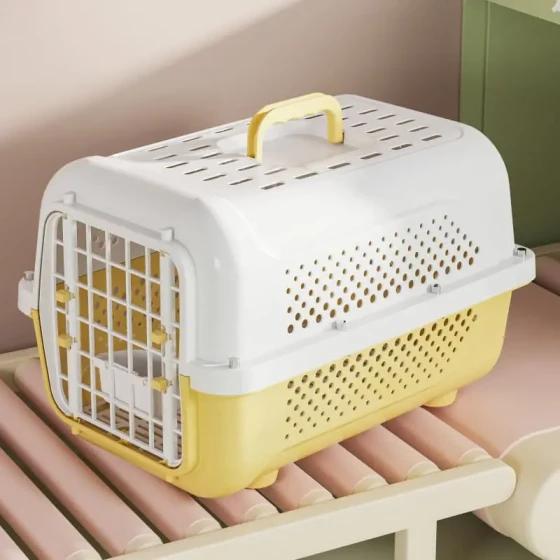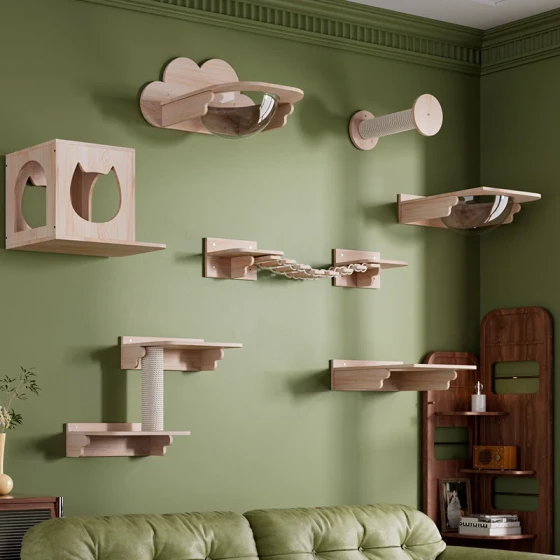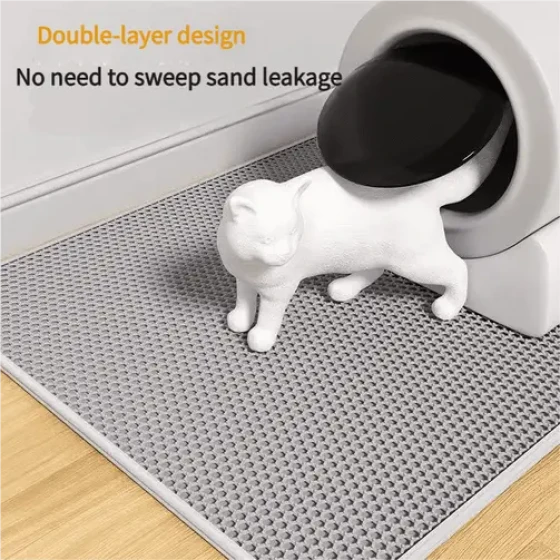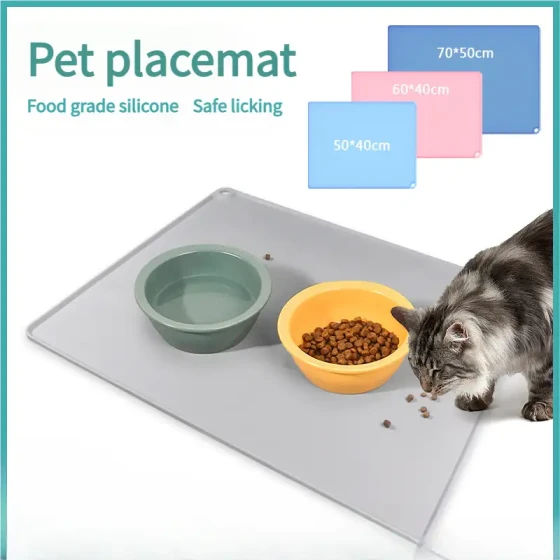How to Make Pet Claws Stop Loving Furniture

Having pet cats or dogs livens up the atmosphere in a home. However, due to their nature, pets like to scratch and bite around the house, with furniture being the primary target. Whether expensive or cheap, once pets take a liking to it, the furniture rarely escapes "damage." This problem is especially challenging for those who have just moved into a new home; facing brand-new furniture, how can one bear to see them soon become "full of holes" and torn by pets? Our reporter interviewed animal expert Dr. Qu Xiaoping, who shared some tips that you might try.
Dogs
Destruction scene: For dogs, biting things is very natural — it is a way for them to explore their environment. For dogs who have just moved to a new home, the new environment is fresh and exciting; if left alone, both puppies and older dogs can become destructive. Generally, if dogs are left alone too long, they will cry and bark to express their desire for attention. They like to bite and scratch in areas where the home smells strongest.
Training method: Once such behavior is noticed, a gradual and step-by-step guidance should be given.
Specifically, quietly approach the dog, and when it is fully focused, clap your hands beside its ear and say, "Don't bite!" This sudden surprise will make the dog stop. Do not repeat the command to scold it; a single "Don't move" command suffices. At this moment, the dog's ears will pull back, it will lower its entire body and curl up, sensing the owner's anger. The owner should not scold further, or it will become more anxious. When the dog's biting behavior improves, praise it warmly and friendly with words like "good dog," encouraging it to do what you want.
With consistent training for a period, the dog's biting habit should improve. Additionally, using pet-safe deterrent sprays during training can help; quality dog chew toys are also beneficial for dental care and improving biting behavior. Also, don’t forget to regularly trim your dog's nails if they grow long!
Cats
Destruction scene: Cats are smart, lively, and stubbornly aloof; it is hard to make them obey what they don't want to do, and equally difficult to limit what they want to do. Cats love to sharpen their claws on furniture, especially on pieces made of leather, plush fabric, and rubber, often leaving such furniture "full of holes"!
Stopgap measure: Cats' claws are especially averse and repelled by surfaces of aluminum foil and double-sided tape. Applying these on furniture surfaces cats like to damage can serve as a deterrent.
Training method: Scratching is an innate behavior for cats and hard to completely stop, but owners can provide specific scratching places to redirect their behavior, thus protecting the furniture. The most common method is to prepare a cedar wood scratching board sprinkled with catnip. Most cats like to scratch their claws after waking up, so the scratching board is best placed near the cat's bed. When owners notice the cat wanting to scratch, immediately hold it and place it on the scratching board; if it does something wrong, say "No" in a tone disliked by the cat or spray a little water to encourage good habits. Also, applying pet-safe deterrent spray on furniture cats tend to bite is effective.
Additionally, regularly trim the cat's claws to avoid overgrown nails. When clipping, only trim the white tips; avoid the red part, which is the nail quick, as cutting it causes bleeding and pain.





